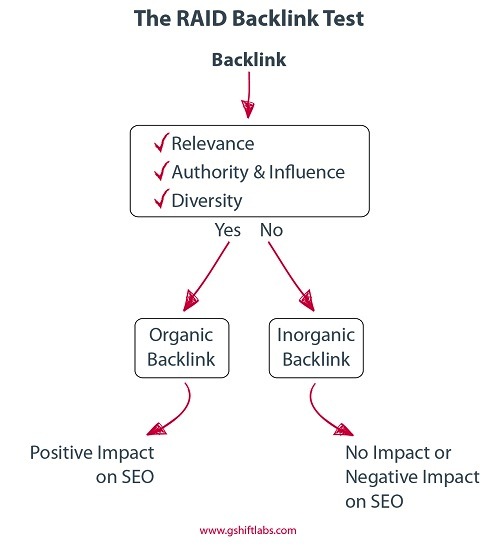The backlink within the practice of SEO is an ongoing topic of conversation for marketing, sales, delivery and reporting of SEO services. Even in a post Penguin world, SEO professionals are still asking questions such as:
- What’s the best way to build backlinks that will have a positive long-term impact on a web presence?
- Is quantity better than quality?
- Should I buy backlinks?
- How do I protect a web presence from future Google algorithm changes?
- How do I know how many organic backlinks versus inorganic backlinks my web presence has?
In our post Penguin world, the right and wrong approaches to backlinking strategies should be clear, yet I continue to hear SEOs talk about how backlinking is dead, where the best place is to buy backlinks, and whether backlinking even matters anymore.
The fact is, the backlink is and will continue to be a fundamental variable in organic search algorithms and organic search strategies. Backlinks matter. Period. The only question you need to ask yourself is: Is this an organic backlink or an inorganic backlink?
SEO and backlinks on the web can’t exist without each other. It is worth getting back to the backlink basics and considering the origins of SEO and backlinking to understand the importance and reliance they have on each other.
SEO Strategies & Backlinking Strategies
An SEO strategy is about one thing: being found organically by your customers and prospects for highly converting keywords; keywords that are relevant to your audience. Relevance of content is earned when diversified, relevant content sources with authority and influence reference your content. Or, in other words, link to it.
A backlinking strategy is simply about these three concepts:
- Relevance: Is this link coming from a relevant source that further supports the relevance of my content?
- Authority and Influence: Was the source of this link written by an authoritative, influential person or business?
- Diversity: By adding this link to my web presence am I diversifying and adding value to my digital footprint?
Every backlink you build should pass the RAID test.
If you’re able to answer yes to these three questions, then you likely have an organic backlink that is going to positively impact your organic search visibility.
If you can’t answer yes to these three questions, then you have an inorganic backlink that will have no impact on organic search results and may even penalize your web presence at some point in the future.

The Origins of the Backlink Pre-Search Engines
In the academic world, when content is published in the form of a thesis there are citations within the content that point to other relevant content from authoritative sources that support the content, thus making it more relevant to the reader. Sounds like a backlink.
Google’s origins are academic in nature, having started as a research project at Stanford University. Larry Page was focused on, “the problem of finding out which web pages link to a given page, considering the number and nature of such backlinks to be valuable information about that page (with the role of citations in academic publishing in mind).”
The research project then went on, “to convert the backlink data that it gathered into a measure of importance for a given web page.” The output was, “for a given URL … a list of backlinks ranked by importance” or relevance.
That was 1996. Seventeen years later, relevancy is still at the core of Google’s organic search algorithm, especially when it comes down to backlinks.
How Do You Get Relevant, Authoritative, Influential & Diversified Backlinks?
Roll up your sleeves and get to work. The really great organic backlinks that are going to add long-term value to your web presence, digital footprint and organic search positions and conversions won’t happen overnight by buying or trading them, or submitting to directories. Remember, inorganic backlinks don’t pass the RAID test.
Building organic backlinks takes a lot of heavy lifting in an approach called Optimized Content Marketing. Publishing fresh, relevant, optimized content on a continuous basis through industry blog sites, press releases, white papers and case studies that demonstrate knowledge and thought leadership, plus socializing the content through your social networks will create a strong inventory of organic backlinks over time.
This long-term approach to SEO will also protect you from any future Google algorithm changes and will make it extremely difficult for your competitors to outrank you.
Reporting Data for Organic vs. Inorganic Backlinks
Great SEO services and results start with great SEO data. Accurate, timely SEO data is required in order to make great decisions about what to do next to a web presence in order to make improvements for organic search.
Be wary of SEO backlink data sources that include inorganic backlink data in their data sets. It is irrelevant to report on backlinks that are inorganic and have no impact on organic search. Reporting on a growing backlink count over time when those backlinks are inorganic is useless and will create unrealistic expectations with your clients.
Summary
Backlinking strategies within an SEO strategy are often overcomplicated. It doesn’t have to be this way. Practice an optimized content marketing strategy and test each backlink with the RAID test and your web presence will excel over the long term in Google.
